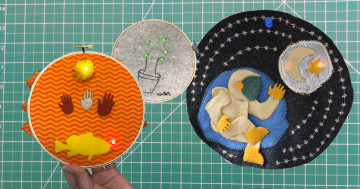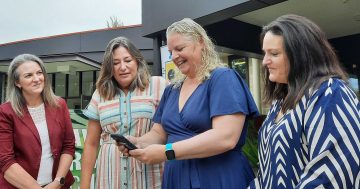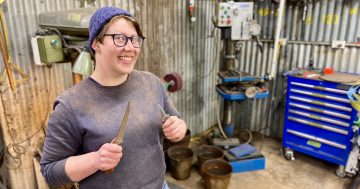
At first glance it’s disappointing to see ANU has been working on making lasers smaller. We want great big honking lasers thankyou very much.
But when you read a bit more it’s very exciting:
Faster, smaller electronics are one step closer with researchers from The Australian National University successfully making the first room temperature lasers from gallium arsenide nanowires.
“The wires and lasers will lead to much faster, much lighter computers because light travels faster than electrons, allowing us to process data much faster,” explains Mr Dhruv Saxena from the Research School of Physics & Engineering.
“The lasers in use at the moment often require a lot of processing steps to produce a nice cavity and mirrors in order to emit laser light,” explains Saxena, who went on to explain these older lasers also are much bulkier.
Saxena authored a paper in Nature Photonics explaining how to make smaller lasers using gallium arsenide nanowires – solid wires only several billionths of a metre in diameter.
These wires get ‘grown’ in the lab, says Dr Sudha Mokkapati, an ANU-based ARC Super Science Fellow who co-authored the paper with Saxena.
One has to think that lots of little lasers could make a rather good big laser too…




















